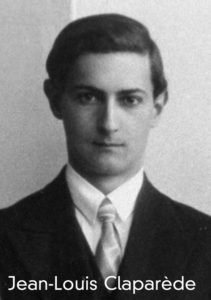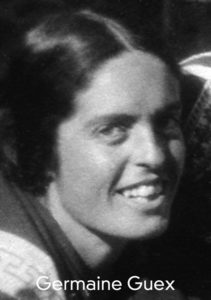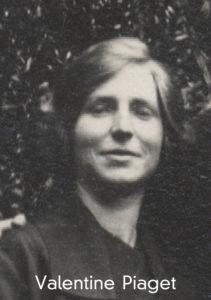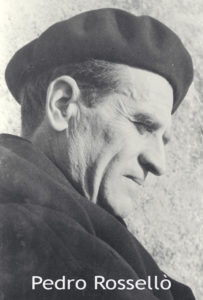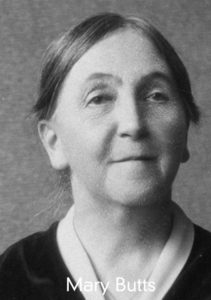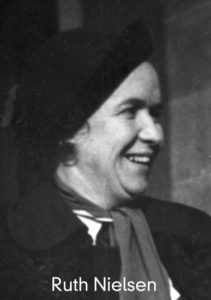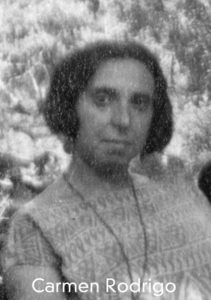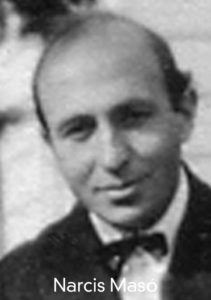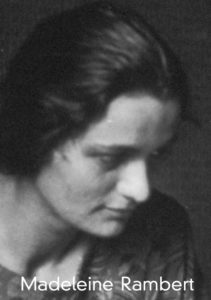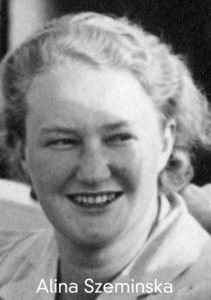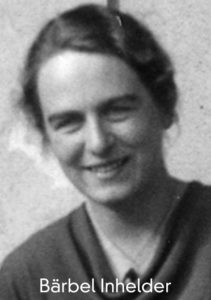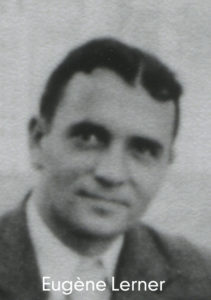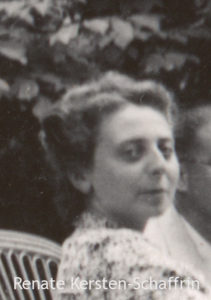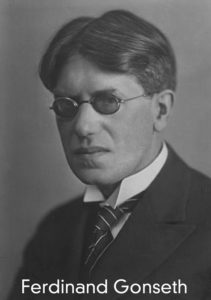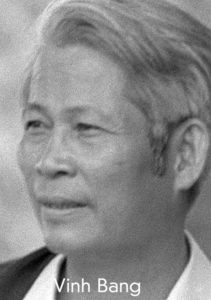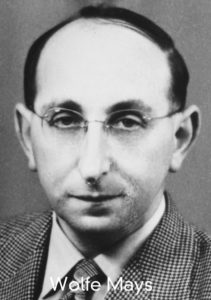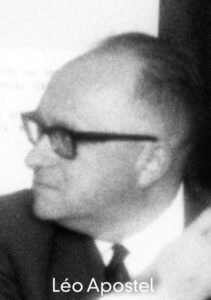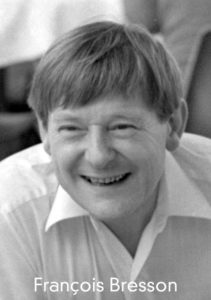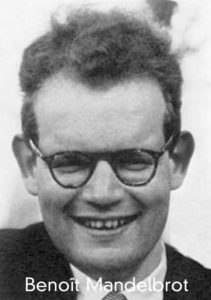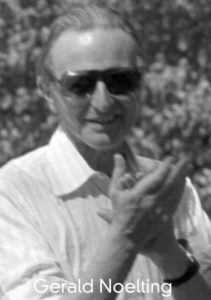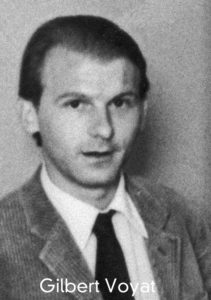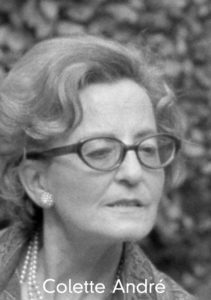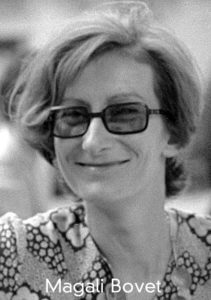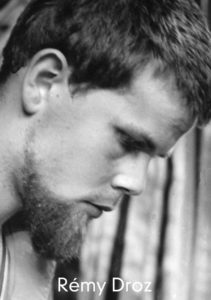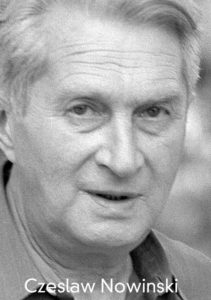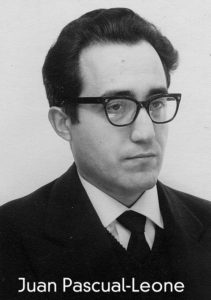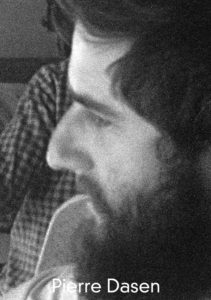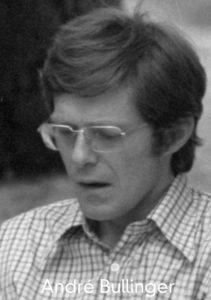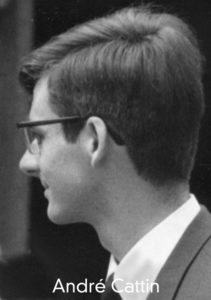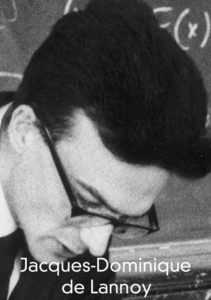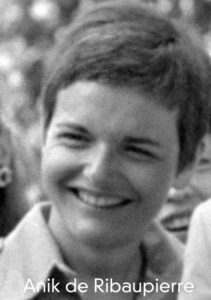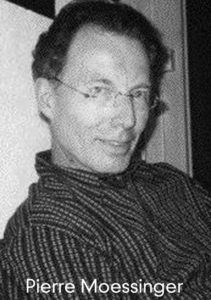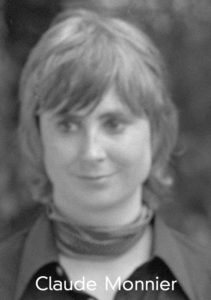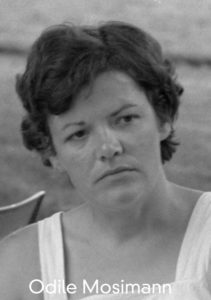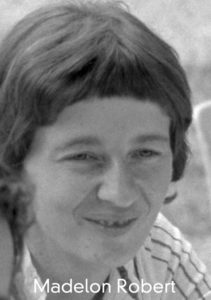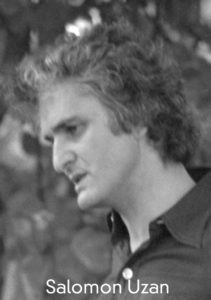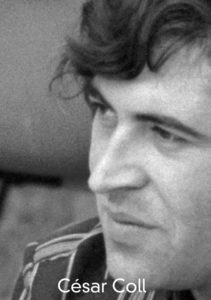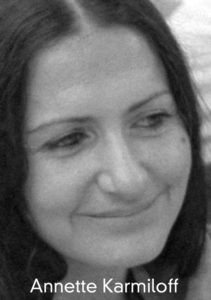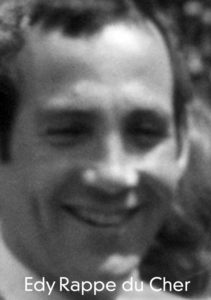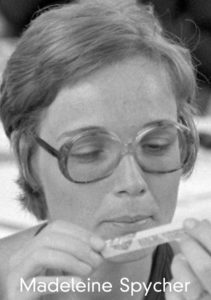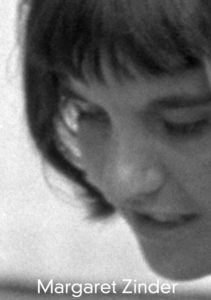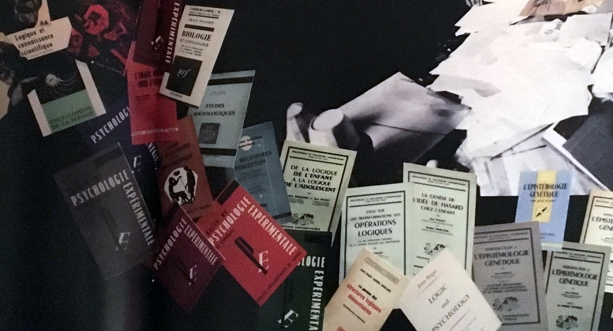Break and informal discussions at the Centre of Epistemology, c. 1972. Photo Alain Perruchoud
A charismatic personality, Jean Piaget often inspired his peers and students. His networks have developed rapidly and have given rise to a large number of collaborations both through the use of his research methods and through the confrontation of points of view in an interdisciplinary environment.
- Accueil
- >
- Jean Piaget
- >
- Networks and collaborators
Malacological networks
From the age of 11, little Jean attended the Natural History Museum of Neuchâtel where his interest crystallized in the study of molluscs. Thanks to this passion, from the age of 12, he learnt rigorous working methods that allowed him to frequent the international networks of the naturalists of his time. Thus, from the age of 16, he mastered one of the fundamental dimensions of scientific activity: exchange and argumentative discussion within networks of researchers. Between 1912 and 1916, he maintained correspondence with researchers from Switzerland, France, Italy, Germany, Denmark, Sweden, Poland and the United States.

“I don’t know what I would do without all my collaborators.”
The number of collaborators who have contributed to Jean Piaget’s publications is nearly 350, an exceptional number in the human sciences. From the 1920s onwards, his courses on child development aroused enthusiasm and many students at the Institute Rousseau—often women—took part in the development of the work. Under the direction of the “Patron”, they provided the psychology and genetic epistemology program with the basis for the publication of more than 80 works signed by ‘Piaget and collaborators’ between 1920 and 1990.
The “Boss”
“Dear Boss”… Many letters from Piaget collaborators begin with this polite formula, instituted after the Second World War. The students of the Rousseau Institute turned to him to approach the various aspects of the research program: studying the development of the fundamental categories of intelligence, inventing new experiments to operationalize certain concepts, developing clinical interviews with children, writing protocols, or requesting the supervision of a thesis. Addressing the “Boss” was the formative path of many psychologists trained at the Geneva School.


Interdisciplinarity
Piaget’s multiple intellectual interests, as well as his spirit of synthesis, led him to be involved in many disciplines such as biology, psychology, philosophy, epistemology, logic, sociology and cybernetics. Few disciplines do not benefit from his writings. In the mid-1950s, the creation of the International Centre for Genetic Epistemology gave full expression to this bridging by establishing a framework and rules for efficient and heuristic interdisciplinary encounters.
Interdisciplinary panel of the Center of Epistemology in June 1976: from left to right: P. Gréco (psychology), L. Apostel (logic), J. B. Grize (logic), I. Prigogine (physics), C. Nowinski (philosophy), E. Heer (physics), A. Munari (psychology), J. Piaget (epistemology), B. Inhelder (psychology), P. Weiss (neurobiology), S. Papert (computer science).
The international aura
It is through the publication of his works, their numerous translations—which began as early as 1926—, and his networks of collaborators who returned to their countries of origin that Piaget’s international aura gradually took shape. As a sign of this aura, the English translation of Jugement moral chez l’enfant was published in 1932, the same year as the original French edition. The constitution of a Piagetian movement, rooted in the School of Geneva but with ramifications on every continent, is however a post-war phenomenon, when Piaget became the best-known Swiss scholar in the world.




